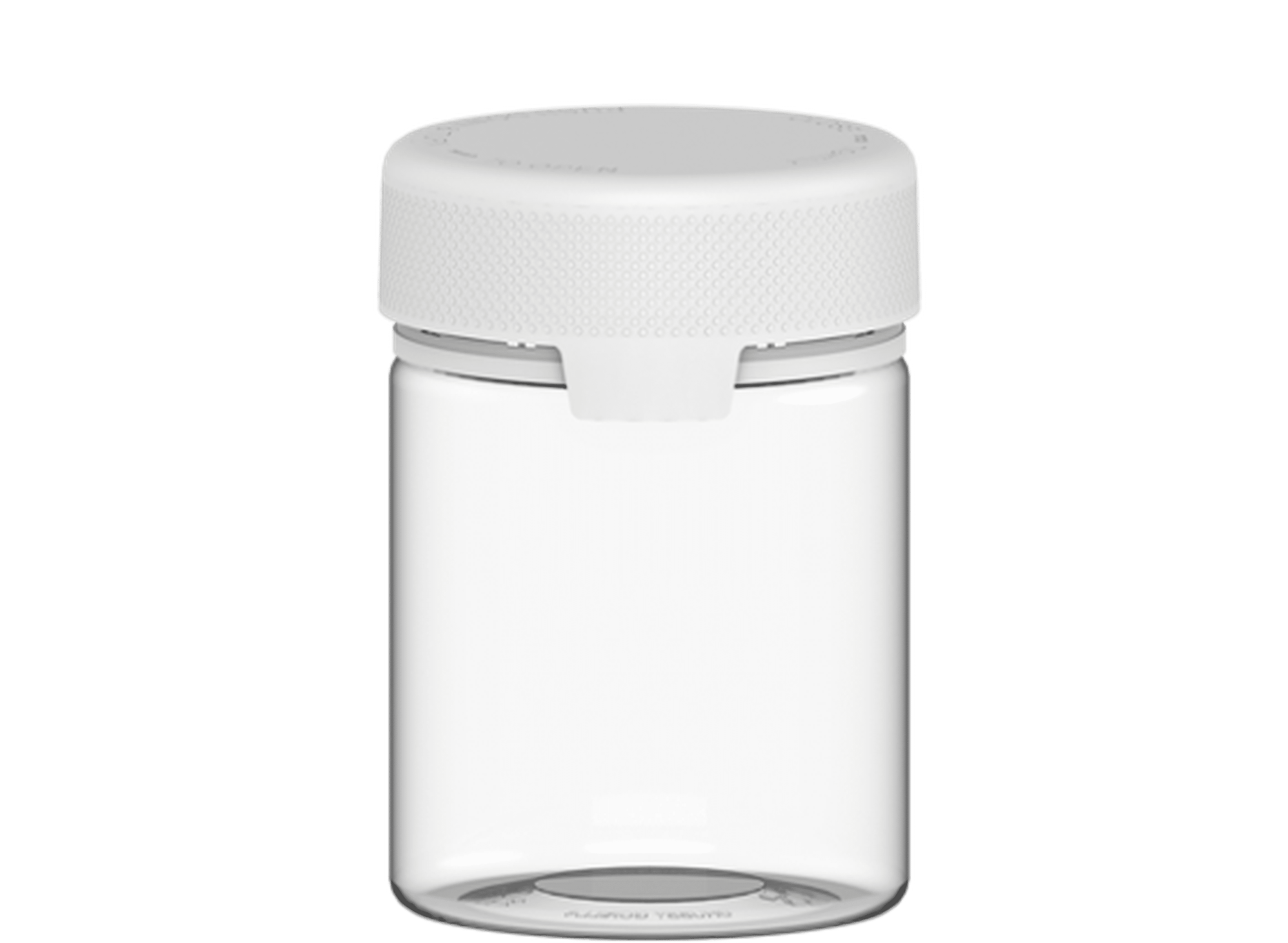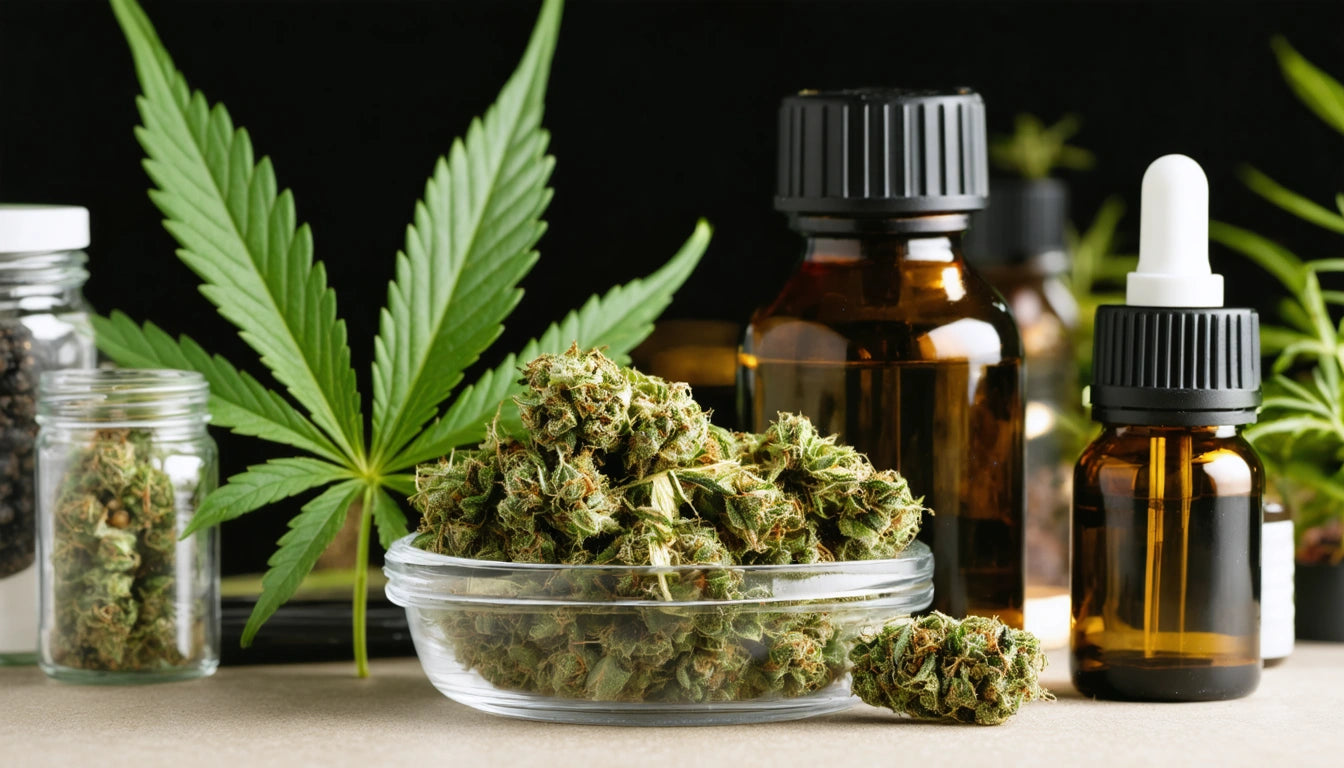Table of Contents
Cannabis concentrates present unique packaging challenges due to their high potency, sticky consistency, and sensitivity to environmental factors. As the concentrate market expands, manufacturers must navigate complex regulatory frameworks that vary by state while ensuring product integrity and consumer safety. Understanding compliance standards is essential for brands looking to avoid costly penalties and build consumer trust.
Regulatory Landscape for Concentrate Packaging
The regulatory environment for cannabis concentrate packaging varies significantly across jurisdictions. Most states with legal cannabis programs have established specific requirements for concentrate containers that focus on child safety, product preservation, and consumer information. These regulations continue to evolve as the industry matures and new product forms emerge.
According to recent regulatory changes, concentrate packaging compliance now extends beyond basic child-resistance to include sustainability mandates in some states. California, Colorado, and Washington lead with the most comprehensive requirements, while newer markets often adopt similar frameworks with state-specific modifications.
State-by-State Variations
Key differences in state regulations include:
- Testing requirements and displayed results
- Warning symbol specifications
- Recyclability mandates
- Terpene and cannabinoid disclosure requirements
- Packaging material restrictions
Brands operating across multiple states must develop packaging solutions that satisfy the strictest requirements or create state-specific packaging variants, adding complexity to production and inventory management.
Essential Requirements for Compliant Concentrate Packaging
Child-Resistant Features
Child-resistant packaging is mandatory for all cannabis concentrates. These packages must meet the standards defined by the Poison Prevention Packaging Act (PPPA) and pass testing according to ASTM D3475 or equivalent protocols. Child-resistant options for concentrates include push-and-turn containers, squeeze-and-pull mechanisms, and certified child-resistant bags for larger quantities.
Tamper-Evidence
Most states require tamper-evident features that provide visual indication if a package has been opened. These features ensure product integrity from production to consumer and help prevent contamination or tampering. Common implementations include shrink bands, security seals, and break-away closures.
Opacity Requirements
Many jurisdictions mandate opaque or semi-opaque packaging for concentrates to limit visibility and appeal to minors. This requirement can be addressed through colored glass, silicone, or plastic containers, or by using opaque outer packaging with a clear inner container. For accurate weight verification, many producers use precision digital scales to ensure product quantity compliance before sealing in opaque containers.
Material Considerations for Regulatory Compliance
The material choice for concentrate packaging significantly impacts both compliance and product preservation. Best materials for concentrate containers include:
Glass Options
Borosilicate glass remains the gold standard for preserving terpene profiles and preventing chemical leaching. However, glass containers must incorporate child-resistant mechanisms and address breakage concerns through proper design or secondary packaging.
Silicone Considerations
Food-grade silicone offers excellent non-stick properties for sticky concentrates like wax and budder. Regulatory compliance requires documentation of material purity and food-grade certification. Some states have begun implementing restrictions on silicone due to potential terpene absorption concerns.
Compliant Plastics
High-density polyethylene (HDPE) and polypropylene containers with certified child-resistant closures offer cost-effective compliance solutions. These materials must be proven stable with no chemical interaction with the concentrate. Preventing leaks and stickiness requires proper design and material selection.
Labeling Requirements for Cannabis Concentrates
Compliant labeling for concentrates must balance regulatory requirements with brand identity and consumer education. Designing labels for concentrates requires attention to several mandatory elements:
Required Information
- Product identity and weight (typically in grams)
- THC and CBD percentages
- Batch and lot numbers for tracking
- Manufacturing and packaging dates
- Required warnings and symbols
- Testing laboratory information
- Activation time and serving guidance
Label space constraints present challenges for concentrate packaging, especially for smaller containers. Many brands use extended content labels, booklets, or QR codes linking to detailed information to address space limitations while maintaining compliance.
Emerging Labeling Technologies
New technologies are helping brands meet compliance requirements while enhancing consumer experience:
- Temperature-sensitive inks that indicate product freshness
- NFC tags for authentication and detailed product information
- Blockchain-verified product journey information
- Augmented reality experiences triggered by package scanning
These innovations must still meet base regulatory requirements while offering additional functionality and consumer engagement opportunities.
Future Compliance Trends in Concentrate Packaging
The regulatory landscape for concentrate packaging continues to evolve, with several emerging trends that will shape future compliance requirements:
Sustainability Mandates
Environmental concerns are driving new regulations around packaging waste. Eco-friendly packaging options are becoming increasingly important as states implement recyclability requirements and restrictions on single-use plastics. Brands that proactively adopt sustainable packaging solutions will be better positioned for future compliance.
Enhanced Traceability
Track-and-trace requirements are becoming more sophisticated, with some jurisdictions requiring digital linking between packaging, inventory systems, and state monitoring platforms. This trend will likely accelerate with the integration of blockchain and other secure tracking technologies.
Standardization Efforts
Industry associations are working toward more standardized packaging requirements across states to reduce compliance complexity for multi-state operators. These efforts may eventually lead to more consistent national standards for concentrate packaging, particularly if federal legalization occurs.
As new product formats emerge, regulations will continue to adapt. Brands that stay informed about regulatory changes and maintain flexible packaging strategies will be best positioned to thrive in this dynamic compliance environment.











Leave a comment
All comments are moderated before being published.
This site is protected by hCaptcha and the hCaptcha Privacy Policy and Terms of Service apply.